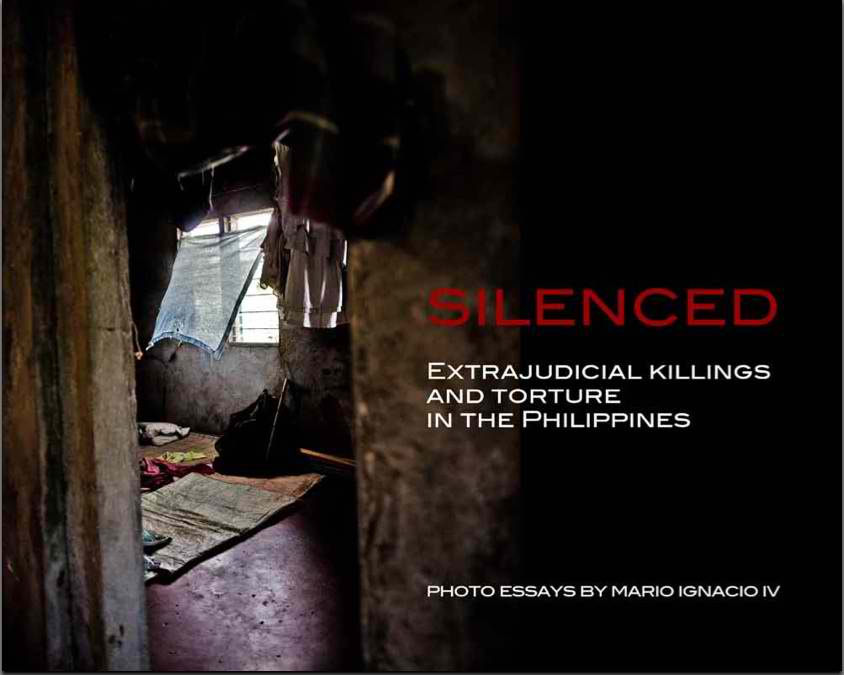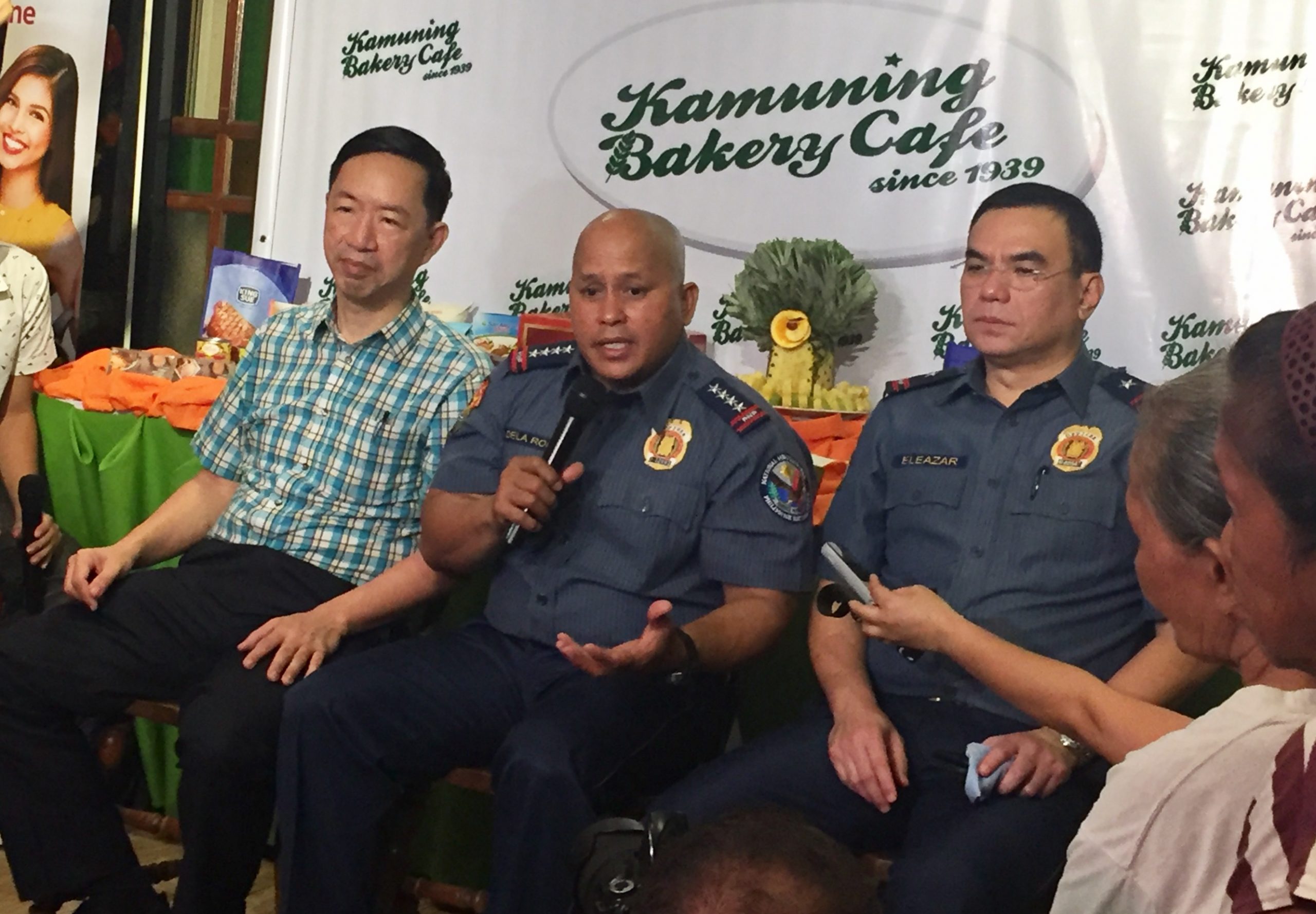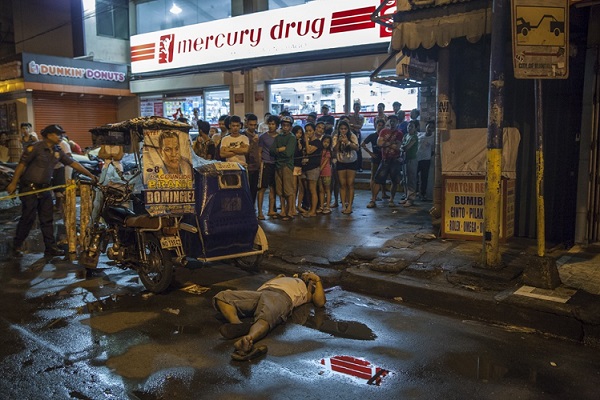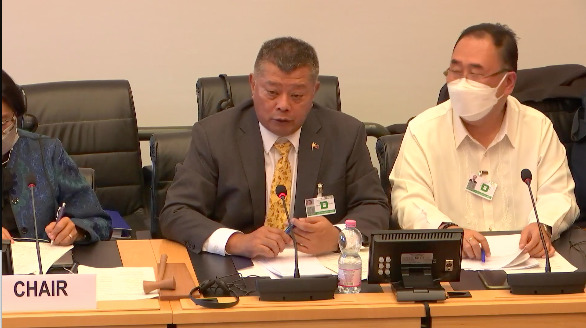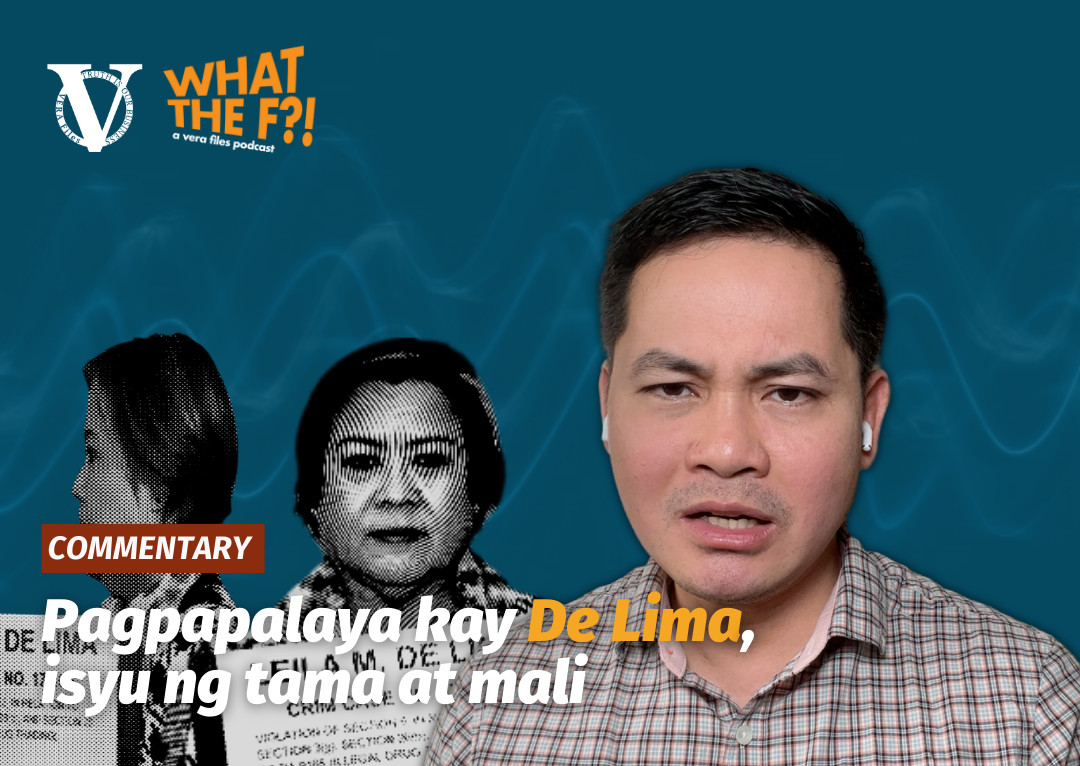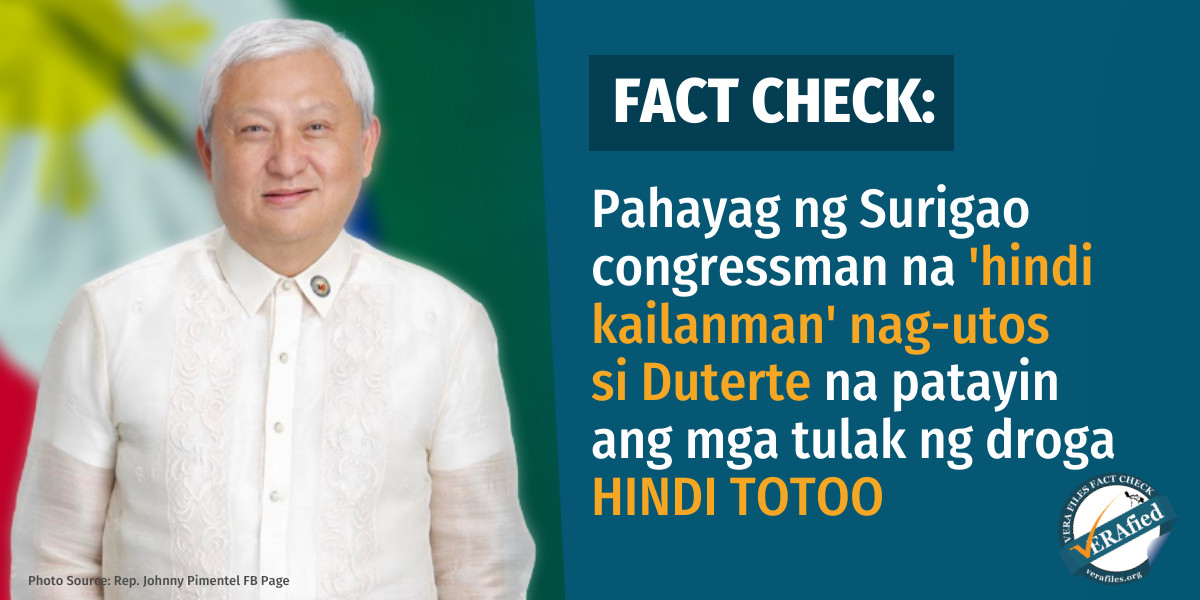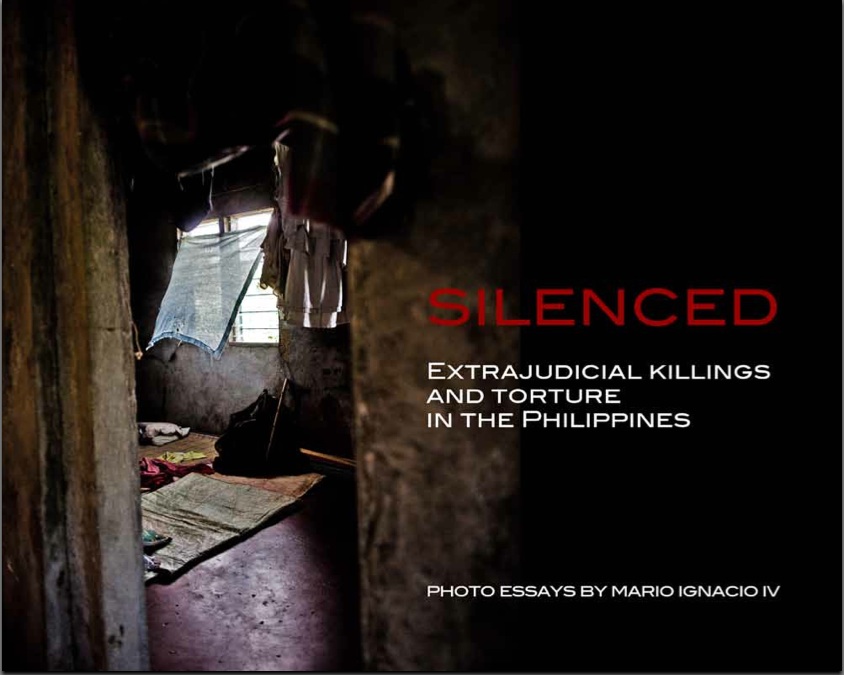
A STRONG civil society and a vigilant press have been the country’s most effective weapons against extrajudicial killings, in the face of government’s failure to both prevent and prosecute such cases, a human rights lawyer said recently.
Lawyer Al Parreño said civil society and the press—which, together, constitute one of six “success factors” in confronting human rights abuses—have been the most successful “in preventing and prosecuting extrajudicial killings, enforced disappearances and journalist killings.”
Four other factors are: an active watchdog, referring to the Commission on Human Rights; a relentless police force, proactive prosecutors, and an impartial tribunal.
Parreño identified a sixth factor, an aggressive commander-in-chief, as crucial to preventing human rights violations. He said the reaction of President Benigno Aquino to extrajudicial killings has been dismal, considering his supposed advocacy for human rights.
Parreño and his team audited 364 extrajudicial killings, 51 journalist killings and 130 enforced disappearances from 2001 to August 21, 2011. Most of the killings and disappearances took place during Arroyo’s term, and peaked in 2006 and 2007, went down in 2008 and rose again in 2010.
“As of August 21, 2011, the team discovered 27 extrajudicial killings, 4 enforced disappearances and 6 journalist killings during the present administration, averaging at around 37 probable cumulative violations in his first year in office. The cumulative violations average at around 57 cumulative violations per year during the time of President Macapagal Arroyo.,” Parreño said.
Parreño lamented Aquino’s inaction, citing that, in comparison, Arroyo signed Administrative Order 181 in 2007, “directing the cooperation and coordination between the National Prosecution Service (NPS) and other concerned agencies of government for the successful investigation and prosecution of political and media killings.”
Parreño reported his findings titled “Killings and disappearances in a ‘just and humane society’” at the presentation held Sept. 30, organized by The Asia Foundation which, along with the U.S. Agency for International Development (USAID), also funded Parreño’s study.
The occasion also served as the launching of two books, VERA Files’ photobook “Silenced: Extrajudicial Killings and Torture in the Philippines,” and “Prosecution of Torture,” by Atty. Eric Henry Joseph Mallonga.
Photojournalist Mario Ignacio IV shot the photographs in “Silenced,” a collection of 14 cases of extrajudicial killings and torture.
The essays were written by Mhike Cigaral, Homer Teodoro, Don So Hiong, Ferdinandh Cabrera, Toto Lozano, Germelina Lacorte, Artha Kira Paredes, Leilani Adriano, Desiree Caluza, Kenneth Guda, Mylah Reyes-Roque, Bobby Labalan, Ven Labro, and Nestor Ramirez.
Photo editor was Luis Liwanag; editorial coordinators Avie Olarte and Artha Kira Paredes. Luz Rimban and Yvonne Chua were editors. The cover design and layout were done by Eduardo Davad.
